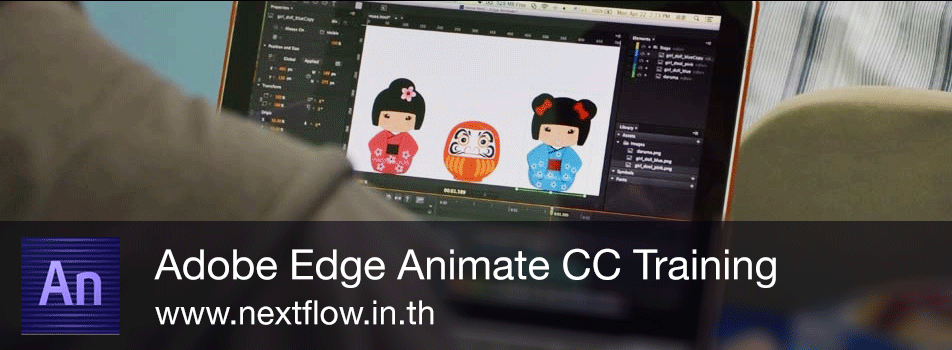


This allows a more natural flow between keyframes, and can also be used to achieved certain effects such as an elastic or bounce motion. As authors, we have the additional ability to provide the tweening engine with instruction sets based upon a variety of easing equations. As keyframes are placed along the Timeline, Edge Animate will record changes in property values as transitions at the position of the Playhead (moment in time). This process is performed programmatically within Edge Animate. The goal was always to create a smooth transition between each key frame created by the master animator, which would result in a In traditional cell-based animation, a master animator would draw out certain key frames for an animation sequence, and the frames in between these key frames would be created by apprentice or lower-ranked members of the animation team. Like many digital animation programs, Edge Animate employs the concept of "tweening" between keyframes. All of these applications handle animation in slightly different ways, but they do all share some aspects of animation techniques and tooling in common as well.

Users of Adobe Edge Animate may have experience in other programs such as Director, Flash Professional, After Effects, or even Photoshop. You can also both copy and paste transitions, invert them, and choose from over 25 built-in easing effects for added creativity. This includes the ability to animate position, size, color, shape, rotation and more at the property level. There are many applications which enable the user to compose animated sequences. Adobe Edge allows you to easily choreograph animations with a slick timeline editor. Animating the cover art (do this for each cover art image).Project setup, asset import, and general layout.Generating transitions through keyframes.Modifying element properties based on transition.Using right-click for Keyframe insertion.


 0 kommentar(er)
0 kommentar(er)
